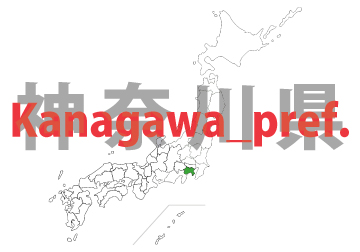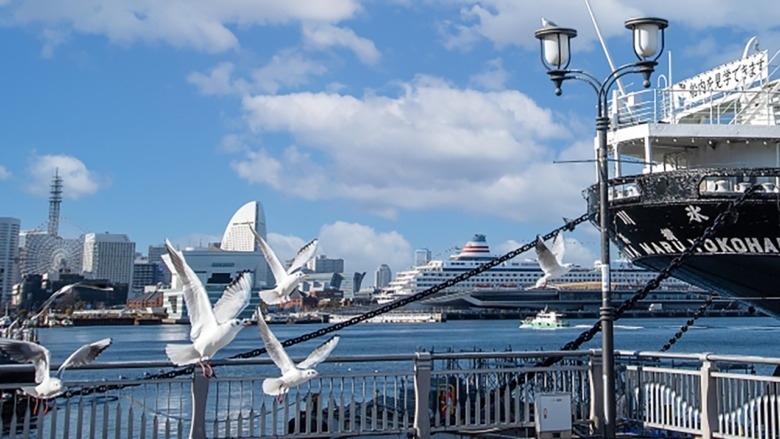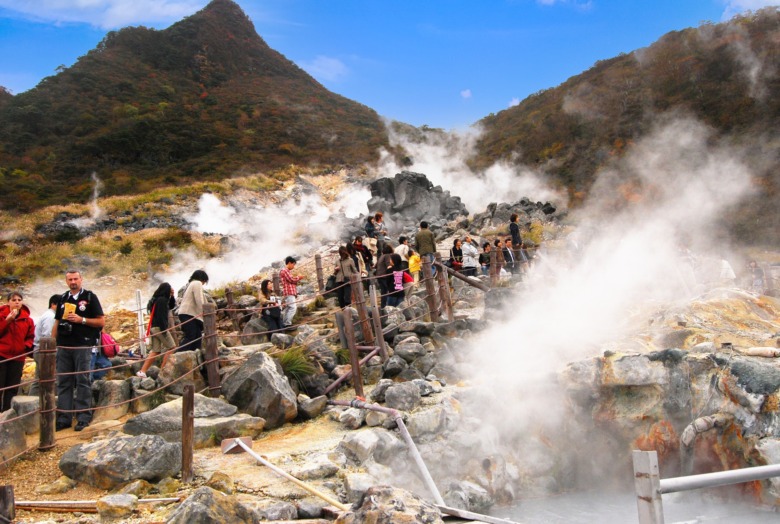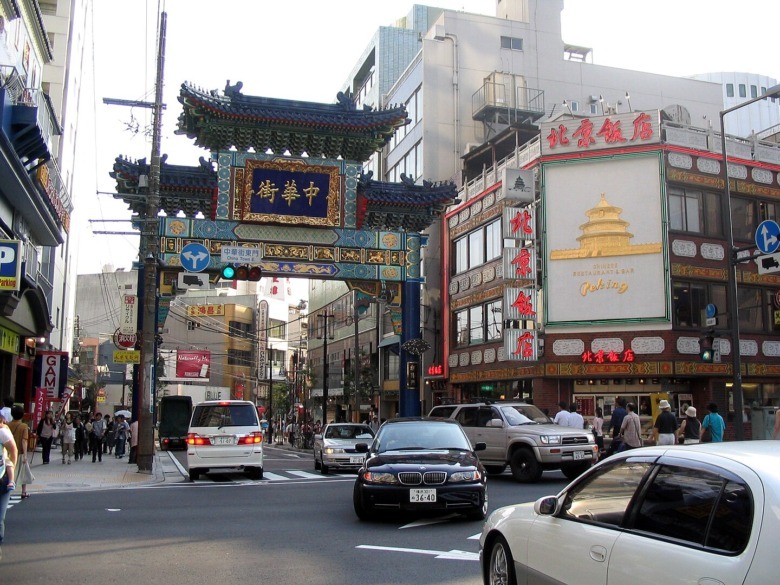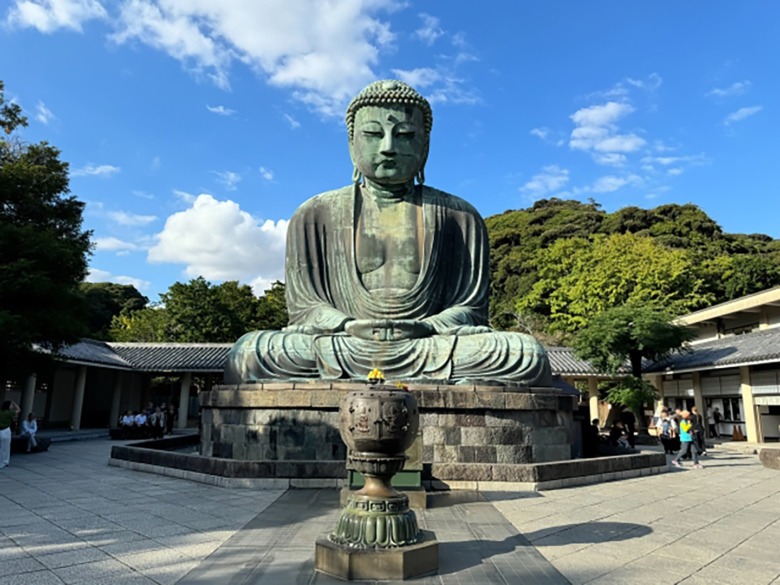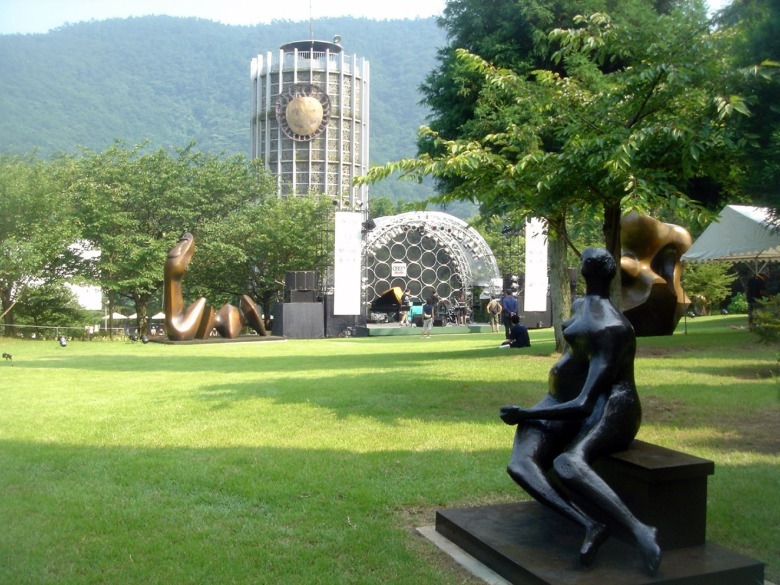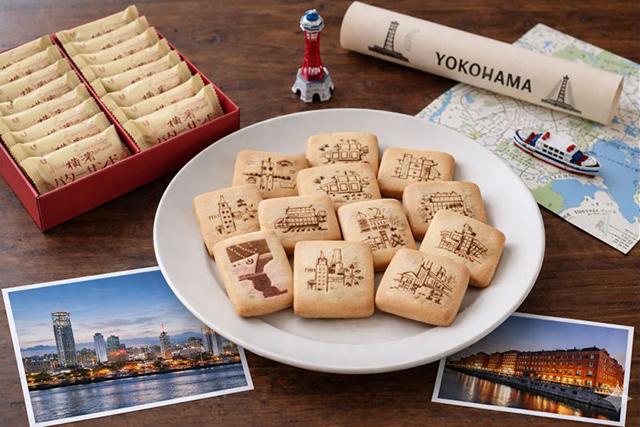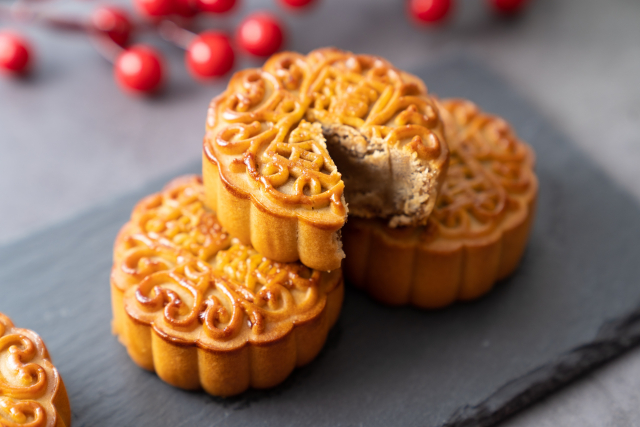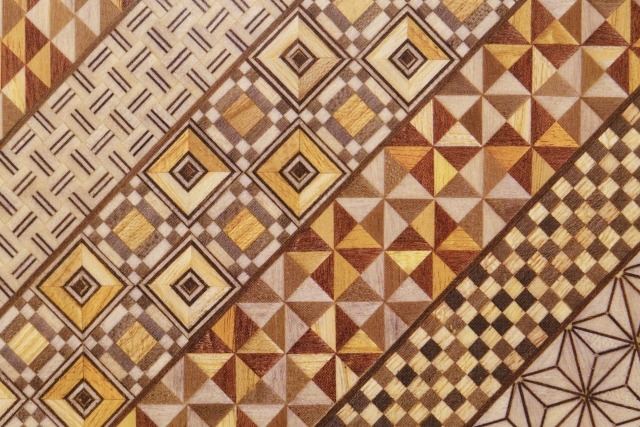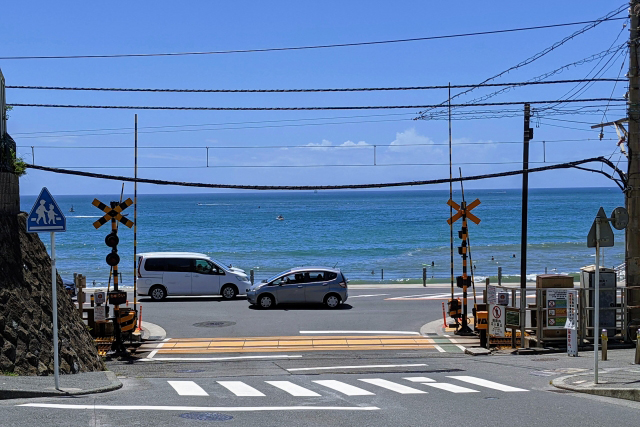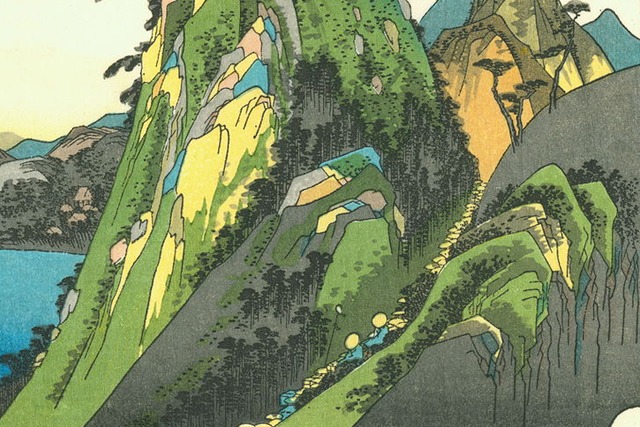
Where the Sea Breeze Carries Culture – Kanagawa, Open to the World
From the historic port of Yokohama to the surf-kissed shores of Shounan(Shonan), Kanagawa Prefecture stretches along the Pacific coast, where sea and culture have long intertwined.
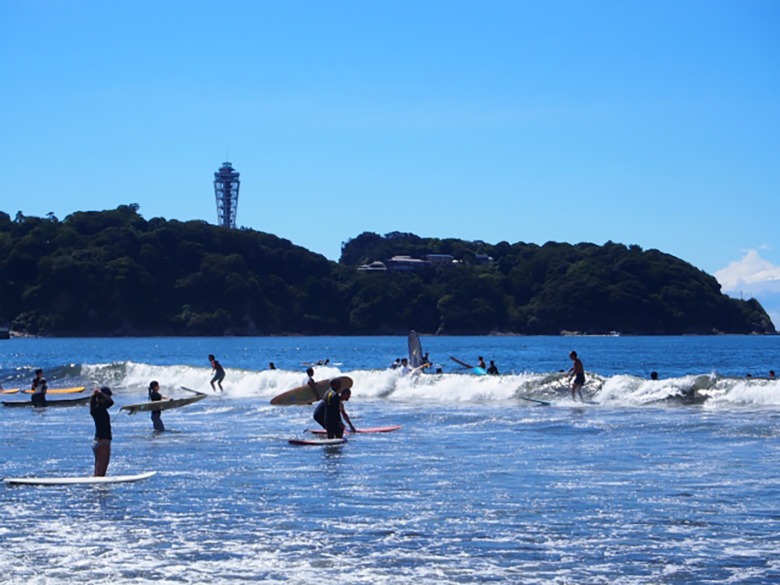
Surfer in Kugenuma, Shonan
Since Japan’s opening in the 19th century, Western influences have flowed through this region, shaping its towns, architecture, and spirit.
Even today, the locals are known for their open-minded, fashionable flair—a reflection of the waves that brought change.
Kanagawa is also a land of contrast—between coastal plains and mountain ridges, city lights and hot spring steam.
Its diverse regions create a patchwork of identities, inviting travelers to explore a landscape that’s both deeply traditional and unmistakably modern.
Where History and Scenery Cross Paths – A Stage for Every Journey
In Yokohama, landmarks like Yamashita Park, the Yokohama Akarenga-Souko(Red Brick Warehouse), and the Western-style houses of Yamate still echo the atmosphere of Japan’s Meiji-era opening. Nearby, the lively streets of Yokohama Chinatown, home to over 600 restaurants, buzz with energy and global flavors.
In Kamakura, known for its historic charm and cultural depth, you’ll find The Great Buddha of Kamakura and Tsurugaoka Hachimangu Shrine. Recently, the area near Shichirigahama Station has gained international attention as a pilgrimage site for fans of the globally renowned anime “Slam Dunk“, thanks to the scenic railway crossing overlooking the ocean.
In Kamakura, the Great Buddha and Tsurugaoka Hachimangu Shrine share space with the modern world. Just steps from Shichirigahama Station, a seaside railway crossing made famous by the global hit anime “Slam Dunk” has become a pilgrimage spot for fans from around the world.
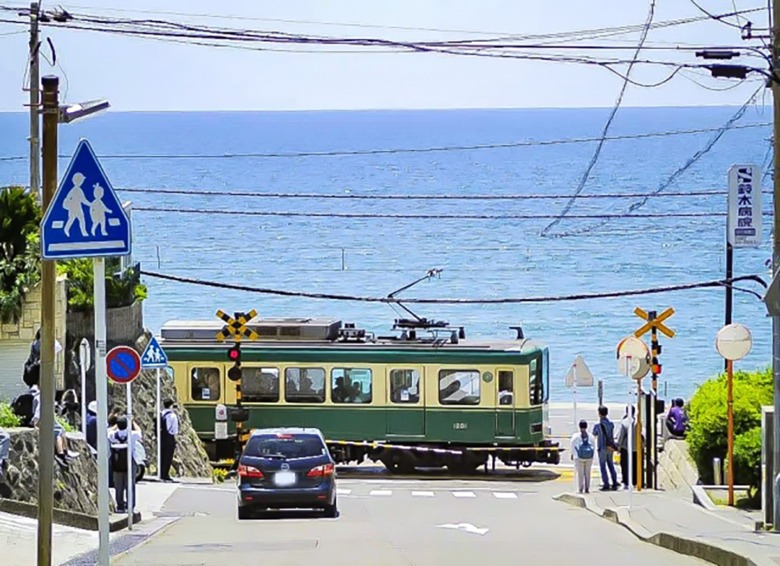
Enoden crossing where “Slam Dunk” was set
Hakone is a beloved hot spring resort close to Tokyo, where you can enjoy both nature and art. Ashinoko(Lake Ashi), Oowakudani(steaming volcanic valleys), and Hakone Choukoku-no-Mori Museum(open-air museums) together create a unique landscape of relaxation and inspiration. From high-end ryokan to cozy inns, the variety of lodging styles adds to its appeal.
The Shounan coast, including Enoshima, Chigasaki, and Shichirigahama, flows with a carefree, surf-inspired atmosphere. To the west, Yokosuka stands as a historic naval port, while Odawara thrives as a traditional fishing town, where daily life and the sea are deeply intertwined.
A Journey Through Flavor – Where the Sea Meets the Table
Kanagawa’s food culture is rich and varied, shaped by the proximity of both ocean and urban life.
Yokohama Chinatown alone boasts over 600 eateries, offering everything from dim sum and fried rice to Beijing duck(crispy roast duck).
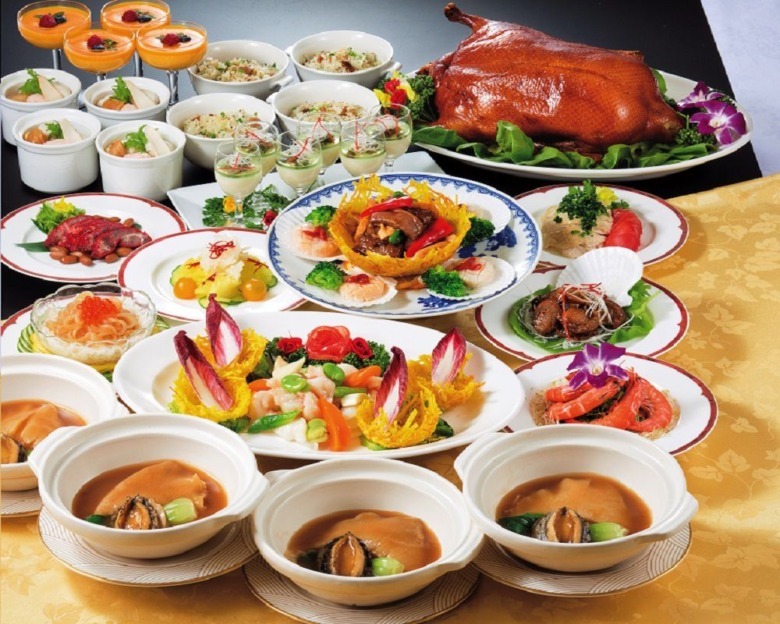
Chinese Cuisine Course
When it comes to Yokohama ramen, “Ie-kei” is the signature style. This features a rich soup combining pork bone and chicken bone broth with dark soy sauce tare, served with medium-thick noodles and chicken oil (chii-yu). The name originates from Yoshimura-ya, the birthplace of Ie-kei ramen, which chose “ie” (meaning “family/house”) over “ya” (meaning “shop”) while keeping the “ya” pronunciation, thus creating the style’s name.
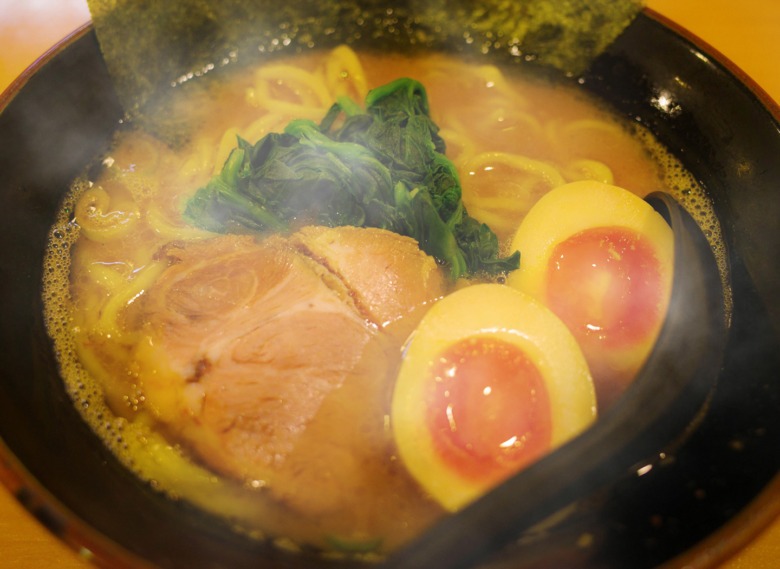
Yokohama Iekei Ramen
In Shounan(Shonan), both boiled and raw shirasu(whitebait) bowls are regional delicacies. Served with warm rice and a dash of soy sauce, it’s a taste of the sea at its purest.
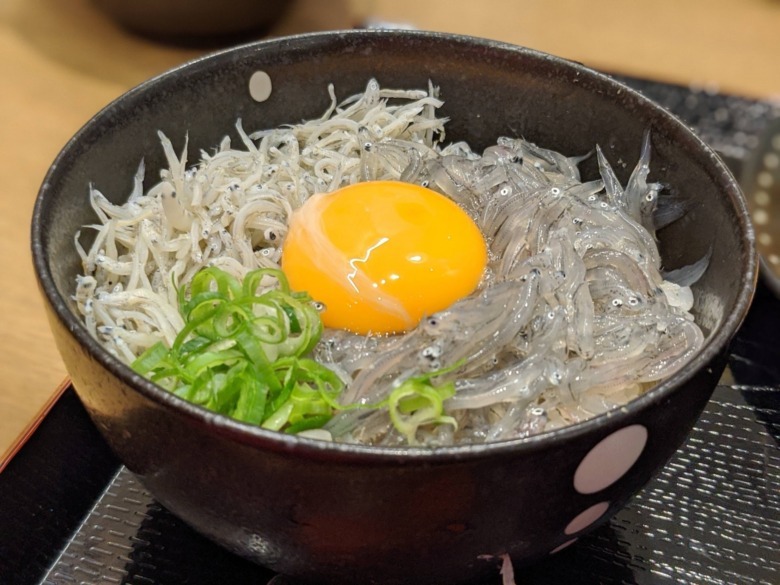
Shirasu don
Odawara’s local specialties include dried Aji(Japanese jack mackerel), Kinme-dai(Splendid alfonsino), and seafood rice bowls fresh from the morning catch.
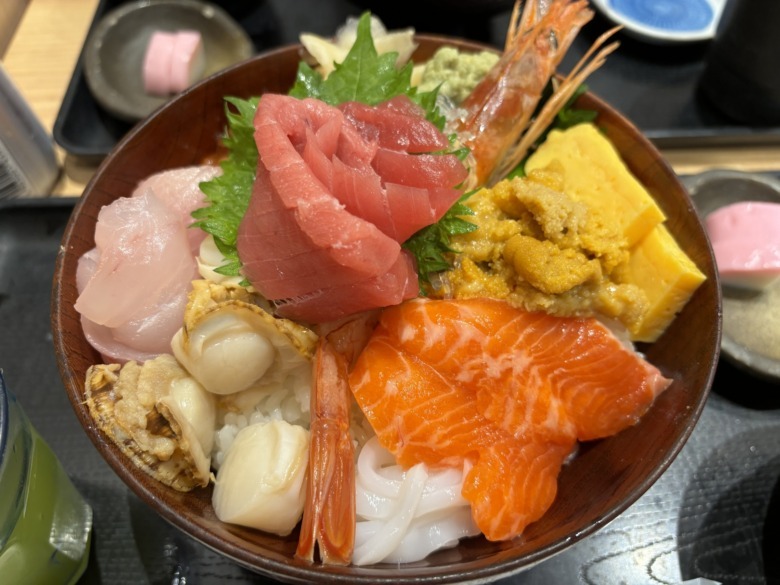
kaisen don
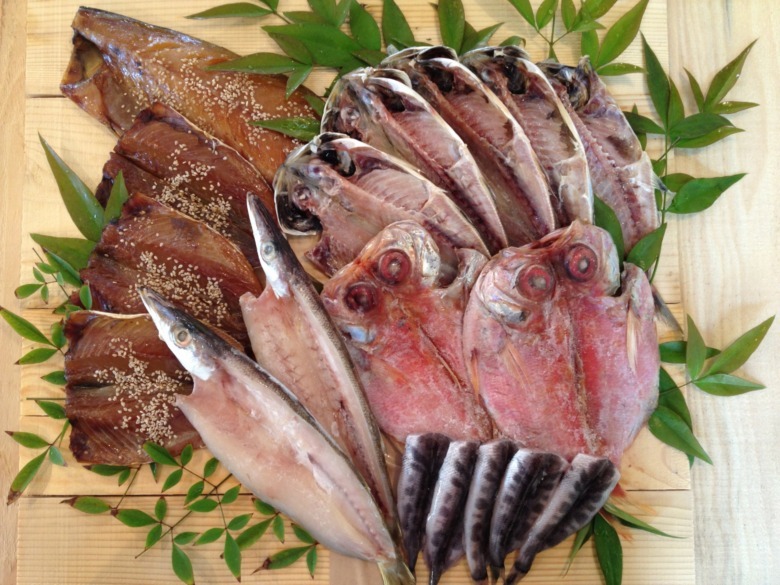
Odawara Himono
Don’t forget Kamakura’s dove-shaped butter cookies and Hakone’s famed Onsen manjyuu(hot spring buns)—small, sweet souvenirs of a journey that lingers on the palate.
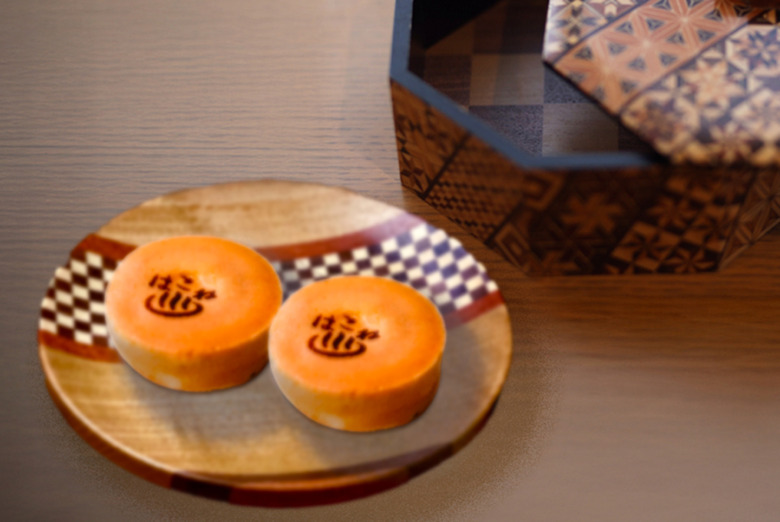
Hakone onsen manjyuu with Hakone Yosegi Zukuri
Melodies Along the Coast – Where Songs Echo the Sea
Kanagawa’s landscape lives on in song.
“Akai kutsu” (“Red Shoes”) is a bittersweet tune based on the real-life story of a young girl who left Japan from Yokohama Port. Today, a bronze statue in Yamashita Park keeps her quiet memory alive.
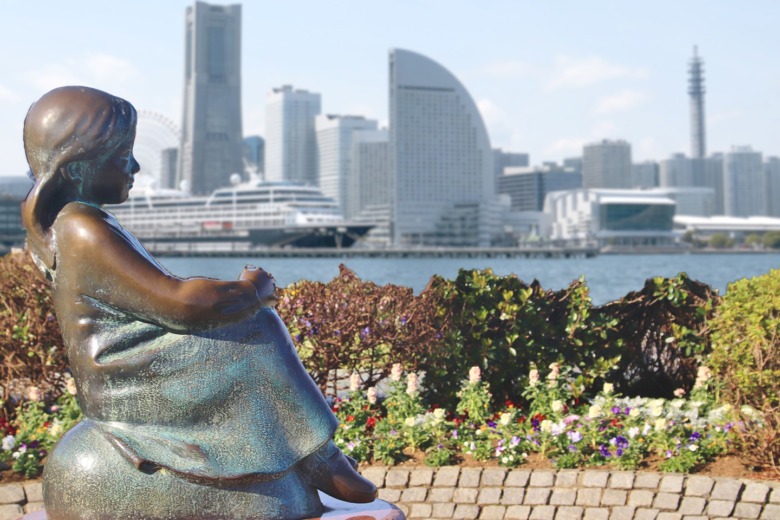
Akai kutsu monument
“Kamome no Suihei-san” (“The Seagull Sailor”) was inspired by the sight of white seagulls swirling in the sunset as the songwriter waved farewell to an uncle sailing to Hawaii—a scene now part of Yokohama’s lyrical history.
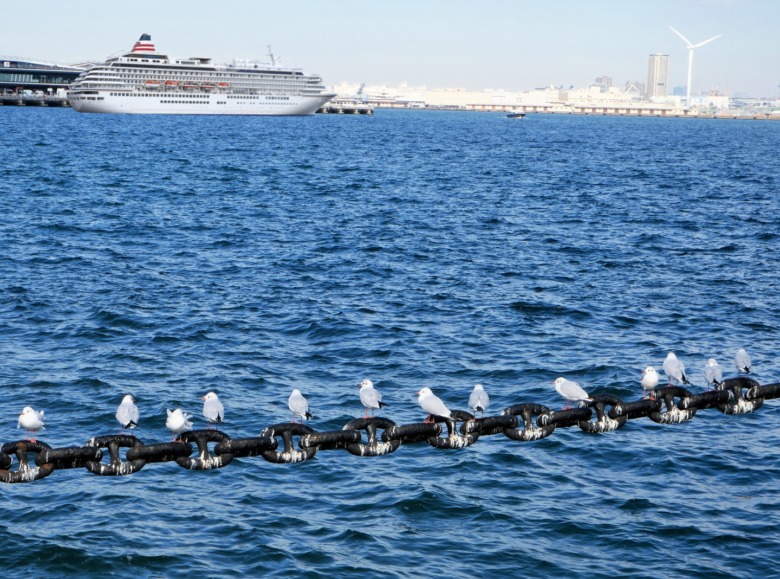
Seagulls at Yokohama Port
And nestled in the mountains bordering Hakone lies Ashigara, the setting for “Kintarou”—a folk hero who has come to symbolize the spirit and strength of energetic boys across Japan. His tales of wrestling bears and roaming wild hills remain a favorite among generations.
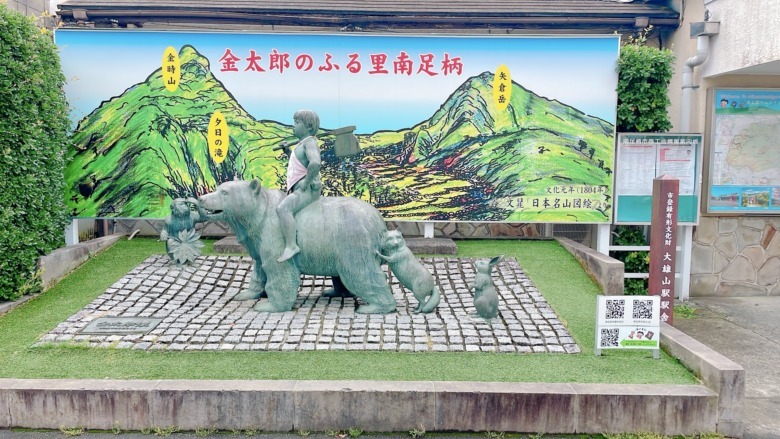
Statue of “Kintaro,” an old tale
Kanagawa Omiyage (Souvenir)
Yokohama Butter Sandwich Cookies
A Yokohama-style souvenir sweet: crisp cookies with a creamy butter filling. Made in Japan and packaged like a classic omiyage gift. Great with black coffee—and easy to share with friends or family.
Yokohama Chinatown-Style Mooncakes
A mooncake gift box inspired by the vibe of Yokohama Chinatown. Dense, satisfying, and perfect with tea. If you love Chinatown snacks, this is an easy way to bring that “Yokohama trip” feeling back home.
Yokosuka Sukajan Satin Jacket
A bold sukajan-style satin jacket inspired by Yokosuka street fashion. Reversible looks and eye-catching embroidery make it a statement piece. For many visitors, “Sukajan” is the most wearable souvenir from Kanagawa’s port culture.
Hakone Yosegi Puzzle Box (14 Moves)
A traditional-style puzzle box featuring Hakone yosegi (marquetry) patterns. Solve the moves to open it—then use it as a small treasure box. A perfect mix of craft, play, and display for Japan-lovers.
SAKURAGI Hanamichi #10 Jersey
A red #10 jersey inspired by SAKURAGI Hanamichi from the famous basketball manga “Slam Dunk.” Kanagawa fans will recognize the Shonan setting. Fun for cosplay, events, or simply showing anime love in a subtle sporty way.
Hiroshige “Hakone Lake” Canvas Print
A large canvas print of Hiroshige’s Hakone scene from the “Tokaido” series. It’s an instant room upgrade: calm mountains, water, and Edo-era travel mood. Ideal if you want a souvenir that’s pure wall-art impact.



